Top Things to Know Before Buying Types of House Plants
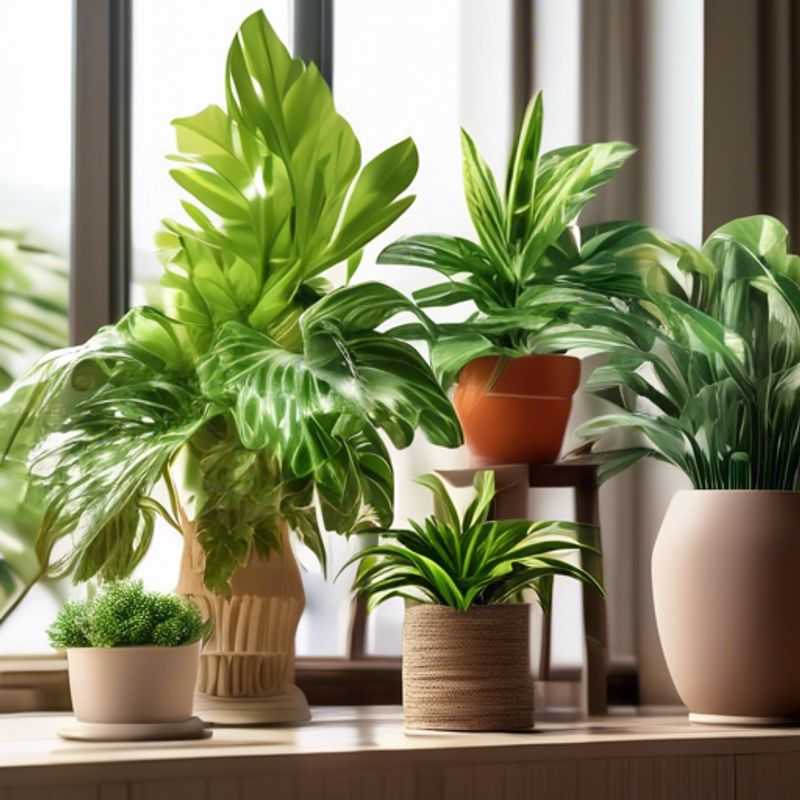
Top Things to Know Before Buying Houseplants: Lighting, Watering, Size, Pests, Temperature, Maintenance, and Tools
Bringing a touch of green into your home is a wonderful way to enhance your surroundings, but before you head to the plant shop, there are a few important things to consider. Choosing the right plants can make all the difference in their well-being and your enjoyment. Here's a quick rundown of key things to know before you buy:
Understand the lighting requirements for different types of houseplants. Not all plants thrive in the same conditions. Some love bright, direct sunlight, while others prefer shady spots.
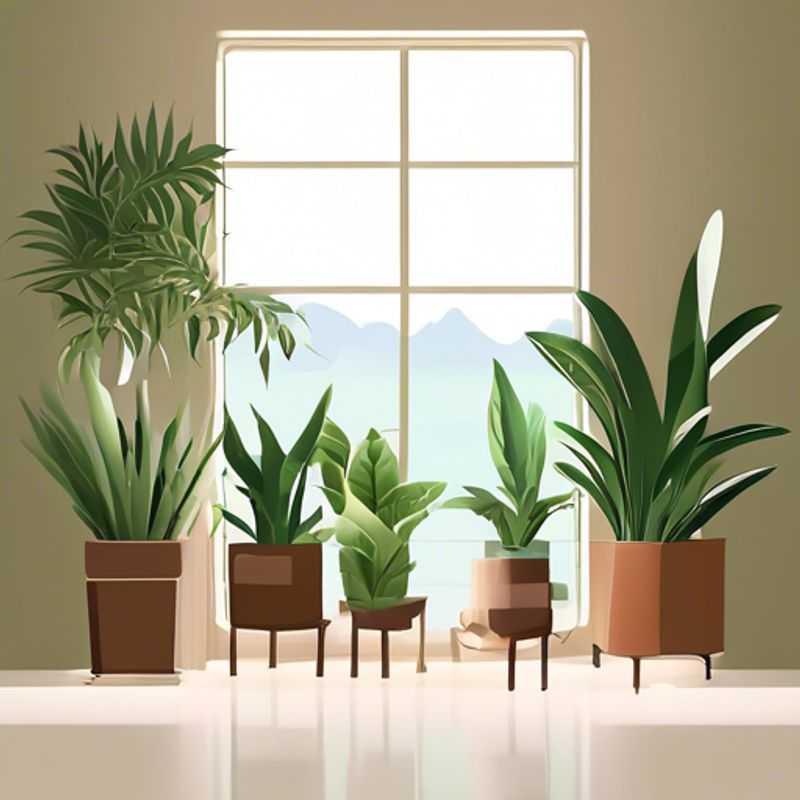
Shining a Light on Your Plants: Understanding Lighting Needs for Different Houseplants
Understanding the lighting requirements for your houseplants is crucial for their health and growth. Different plants thrive in different light conditions, so knowing which category your plants fall into is key to their survival.
High Light: These plants require at least 6 hours of direct sunlight daily. They typically have thick, leathery leaves and prefer sunny south-facing windows. Examples include succulents, cacti, and some flowering plants.
Medium Light: These plants prefer bright, indirect light. They thrive in east- or west-facing windows and can tolerate some direct sun in the morning or late afternoon. Examples include peace lilies, snake plants, and ZZ plants.
Low Light: These plants can tolerate low light conditions, but they still benefit from some indirect light. They can survive in north-facing windows or even in rooms with minimal natural light. Examples include ferns, pothos, and cast iron plants.
Observing your plants for signs of stress, like yellowing leaves or leggy growth, can help you identify if they're not getting enough light. If necessary, you can use artificial light sources like grow lamps to supplement natural light, especially during winter months.
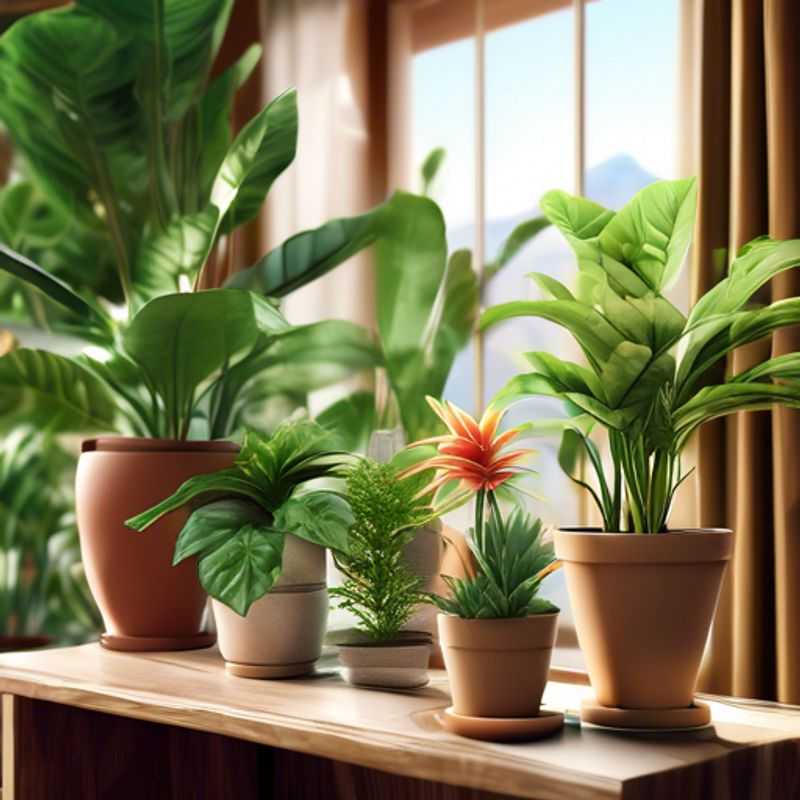
Know Your Plants: Understanding Watering Needs and Soil Preferences
Knowing the specific watering needs and soil preferences of each plant variety is crucial for successful gardening. Researching these factors allows you to tailor your care to each plant's individual requirements, maximizing its health and growth.
Start by identifying the plant's species and variety. This information, often available on plant tags or online databases, provides a starting point for understanding its needs. Look for information on the plant's native habitat, which offers valuable insights into its preferred growing conditions.
Consider the plant's water needs. Some plants thrive in moist soil, while others prefer drier conditions. Excessive watering can lead to root rot, while inadequate watering can stunt growth. Look for information on watering frequency, the amount of water needed, and the best time of day to water.
Soil preference is equally important. Different plants have different soil pH and drainage requirements. Research the plant's preferred soil type, whether it requires acidic, alkaline, or neutral soil. Consider the soil's drainage properties, as some plants need well-draining soil to prevent waterlogging, while others prefer consistently moist conditions.
Beyond researching these factors, observing your plants can provide valuable insights. Pay attention to signs of stress, such as wilting leaves, yellowing, or stunted growth. These signals can indicate insufficient water, poor drainage, or an unsuitable soil type. Adjust your watering and soil practices accordingly.
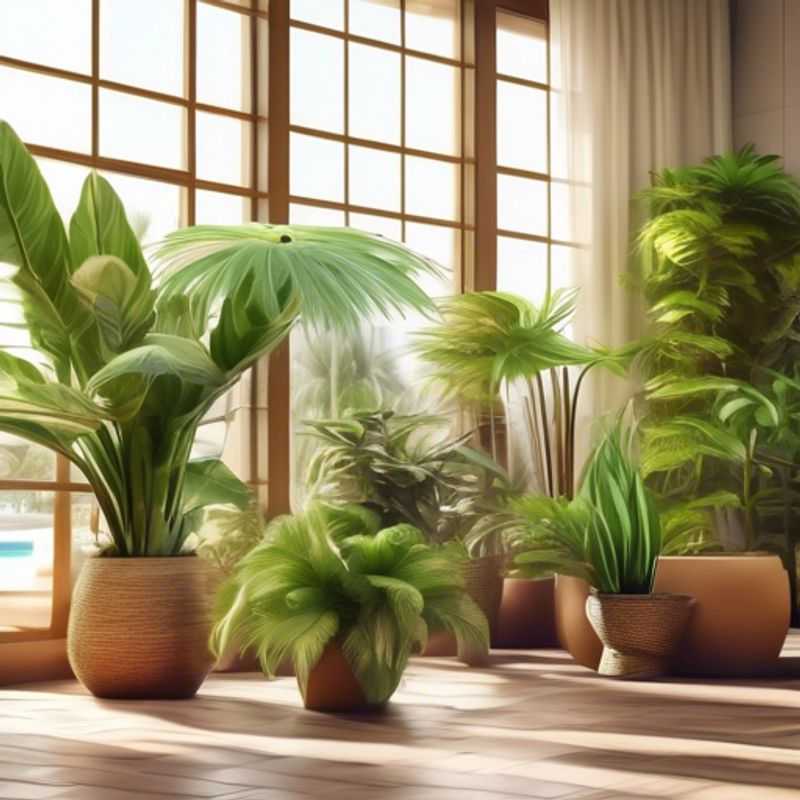
Choosing Plants for Your Space: Size and Growth Habits Matter
Choosing plants for your space involves more than just picking pretty flowers. You need to consider the size and growth habits of your plants to ensure they fit your space and thrive. Imagine a small plant growing into a large tree that overpowers your garden! Size refers to how big the plant will eventually grow. Some plants stay small while others get massive. Growth habits tell you how the plant spreads out. Some grow upwards, others sideways, and some even downwards.
When planning, think about the mature size of the plant. This is how big it will be when fully grown. A plant with a mature size of 10 feet will not fit in a small pot or a tiny space. Growth habits help you understand how the plant will spread out. Does it grow upwards or sideways? Does it have trailing branches or spread roots? This influences how you plant it and where you place it.
Consider the space you have. Will the plant have enough room to grow? Will it shade other plants or block your view? It's wise to choose plants that fit your space and the mature size you want. Don't underestimate the power of a tiny seed becoming a giant tree! Growth habits help you plan for the future. A fast-growing plant might quickly take over, while a slow-growing plant might need more time to fill the space.
The good news is, there's a wide variety of plants to choose from. With some research and planning, you can find the perfect plants for your space and enjoy watching them thrive. Consider the mature size and growth habits. It's the key to a beautiful and harmonious garden!
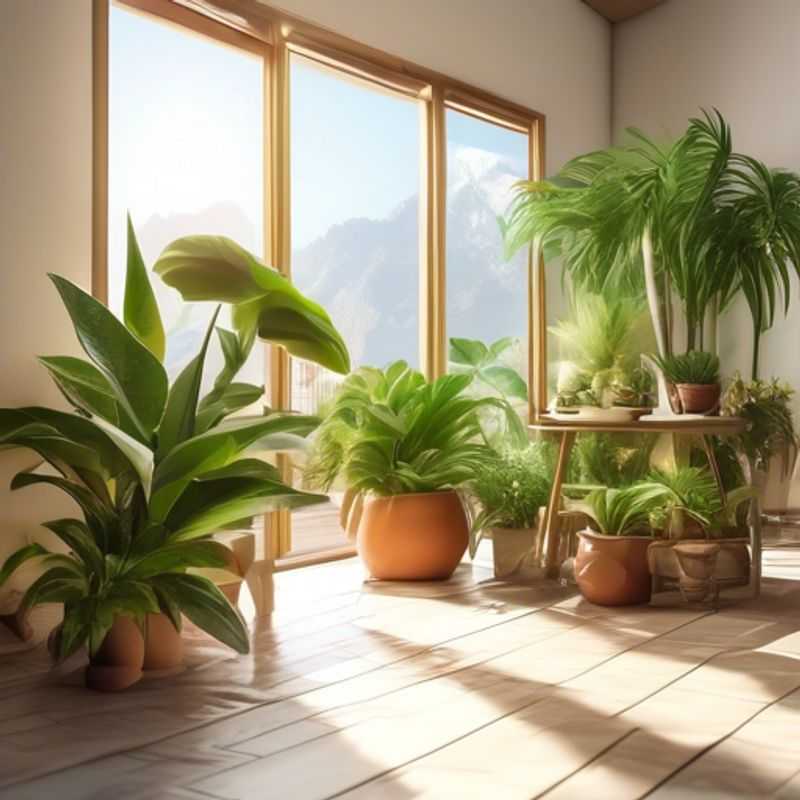
Houseplant SOS: Identifying Common Pests & Diseases
Understanding common pests and diseases that affect houseplants is crucial for maintaining healthy greenery in your home. Some of the most prevalent pests include aphids, spider mites, mealybugs, and whiteflies. These pests can cause damage by sucking sap from the plants, leading to stunted growth and yellowing leaves. Regularly inspecting your plants can help catch infestations early.
Diseases such as powdery mildew, root rot, and leaf spot are also common. Powdery mildew appears as a white powdery substance on leaves and is often caused by high humidity. Root rot, typically due to overwatering, can kill plants quickly if not addressed. Leaf spot diseases can result from fungal infections and often manifest as dark spots on leaves.
To prevent and manage these issues, consider using insecticidal soaps or neem oil for pests, and ensure proper watering techniques to avoid root rot. Regularly cleaning your plants and maintaining good air circulation can also reduce the risk of disease.
When planning your approach, be aware of potential costs associated with treatments, such as purchasing pesticides, fungicides, or specialized soil. Additionally, consider the time commitment required for regular monitoring and care, which is essential for keeping your plants healthy.
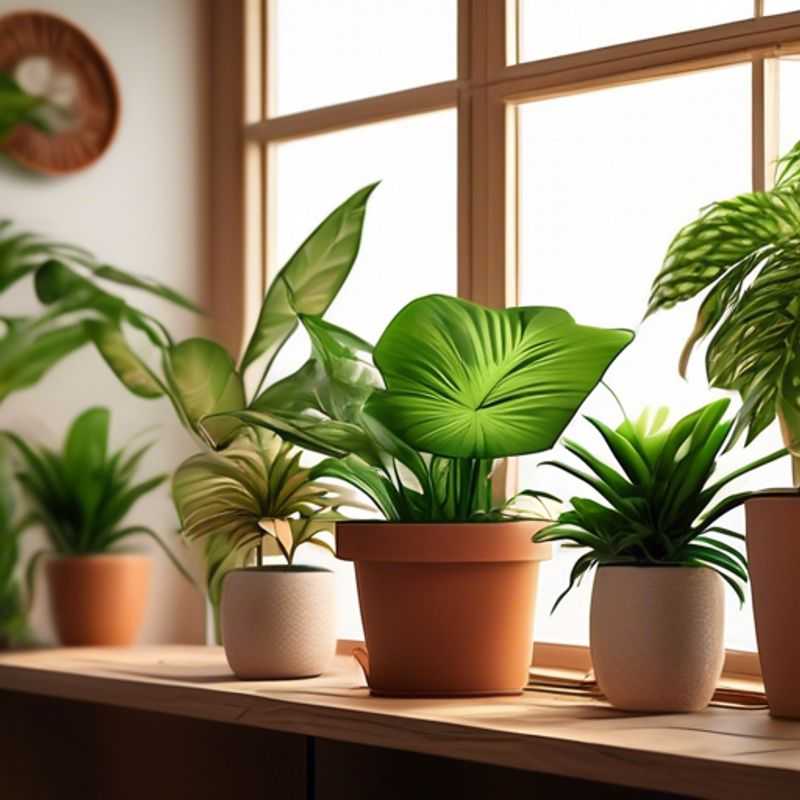
Unlocking Plant Happiness: The Perfect Temperature & Humidity Recipe
Plants thrive in specific temperature and humidity ranges, and understanding these requirements is crucial for their health and growth. The ideal temperature for most houseplants falls between 65°F and 75°F (18°C and 24°C). This range mimics the comfortable temperatures we humans enjoy. However, certain plants, like succulents, prefer warmer temperatures while orchids and ferns prefer cooler conditions.
Humidity is another critical factor. Most houseplants appreciate 40-60% humidity, similar to that found in a bathroom or kitchen. If your home has dry air, using a humidifier or placing plants on pebble trays filled with water can help increase humidity.
To ensure your plants are flourishing, monitor the temperature and humidity levels regularly. If you notice any signs of stress, such as wilting leaves or browning tips, it's likely your plant isn't receiving the ideal conditions. Adjusting the temperature or humidity can often revitalize your plants and prevent further damage.
Remember, these are general guidelines. Specific plant varieties may have unique temperature and humidity needs. It's always a good idea to research the ideal conditions for your particular plant species. This information is readily available online or through reputable gardening resources.
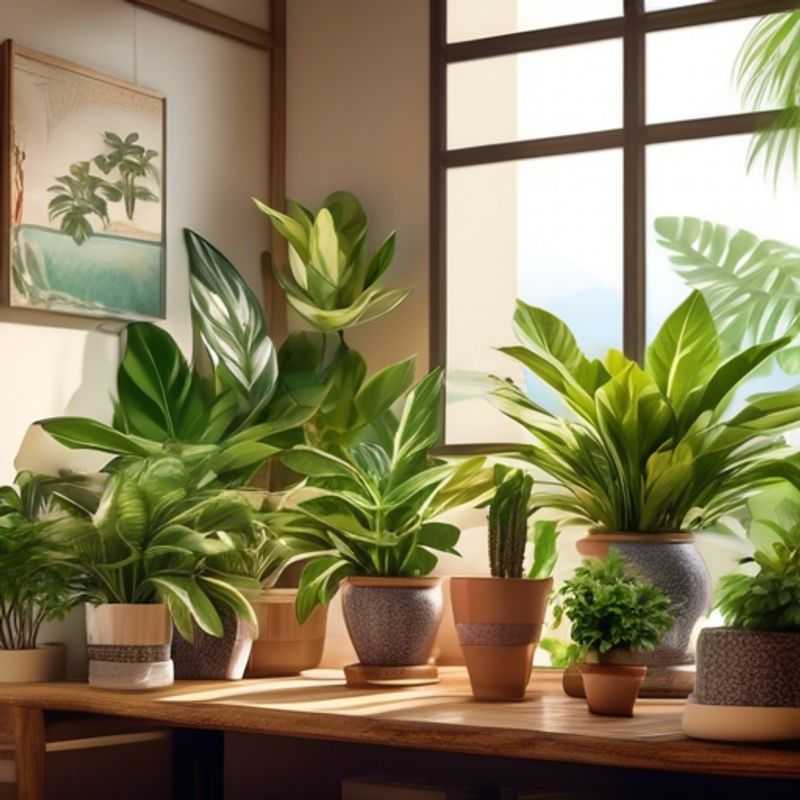
Low-Maintenance or High-Maintenance Plants? Choosing the Right Green Companions
When deciding between low-maintenance and high-maintenance plants, consider your lifestyle and available time for plant care. Low-maintenance plants require minimal attention, making them ideal for busy individuals or those who prefer minimal gardening effort. These plants are generally drought-tolerant and can withstand some neglect. Examples include succulents, cacti, snake plants, and ZZ plants. On the other hand, high-maintenance plants demand more care, including regular watering, fertilization, and pruning. These plants may be more sensitive to environmental changes and require specific growing conditions. Examples include orchids, ferns, and tropical plants.
To select the right plants, consider your experience level and your willingness to invest time and resources. Low-maintenance plants are a good starting point for beginners or those with limited gardening time. High-maintenance plants are more suitable for experienced gardeners who enjoy nurturing their plants and creating a vibrant, lush environment.
When making your decision, it’s important to consider the specific needs of each plant. For example, some plants require more sunlight than others, while some may be more susceptible to pests or diseases. Researching the plants you are interested in before bringing them home will ensure you provide them with the optimal growing conditions.
Remember, your choice depends on your individual circumstances and preferences. Choosing the right plants can enhance your living space and create a relaxing atmosphere. Whether you prefer the ease of low-maintenance plants or the challenge of high-maintenance options, the key is to select plants that you enjoy and that fit your lifestyle.
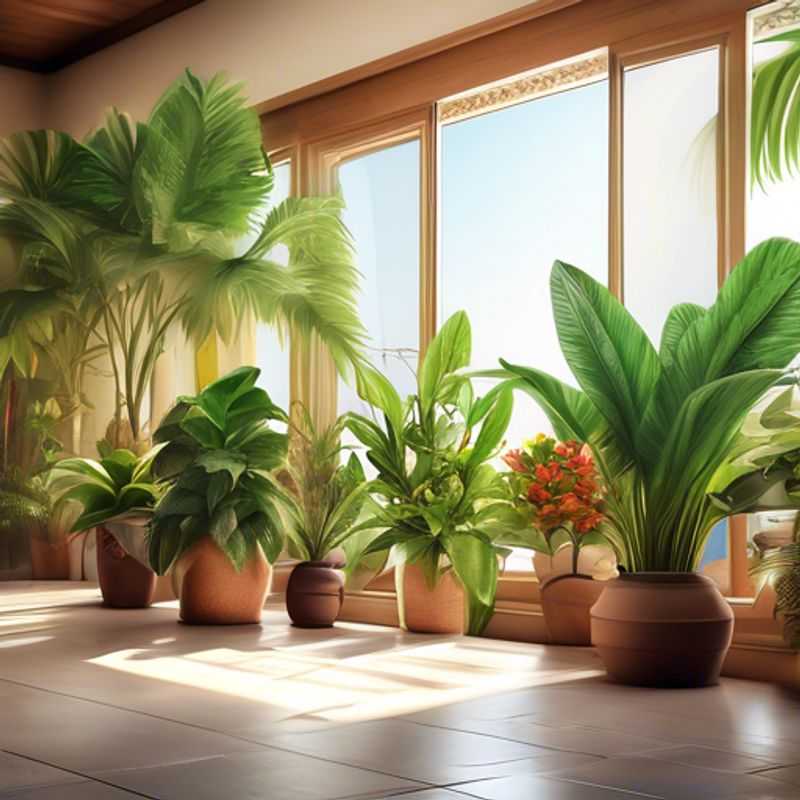
Green Thumb Essentials: Tools and Supplies for Thriving Plants
Having the right tools and supplies can make a big difference in your plant care routine. Let's break it down:
Watering Tools: A watering can with a long spout is great for reaching the base of plants without disturbing the soil. Consider a watering wand for precise watering and to avoid overwatering.
Soil and Pots: Choose well-draining potting mix tailored to your plant's needs. Pots with drainage holes are crucial to prevent root rot. Consider the size of the pot based on your plant's growth habit.
Light: Depending on your plant's needs, you might need grow lights, especially during winter or if you have low-light conditions.
Pruning Tools: Pruning shears are essential for maintaining the shape and health of your plants.
Tools for Repotting: A trowel for digging and removing soil, a hand rake for smoothing the soil surface, and gloves to protect your hands.
Pest Control: Neem oil, insecticidal soap, and beneficial insects are natural ways to address pests.
Fertilizers: Choose fertilizers based on your plant's needs. Organic fertilizers are a good option for many plants.
Plant Care Books and Apps: Resources like books or apps can provide valuable information on plant care, including specific needs for each plant.
